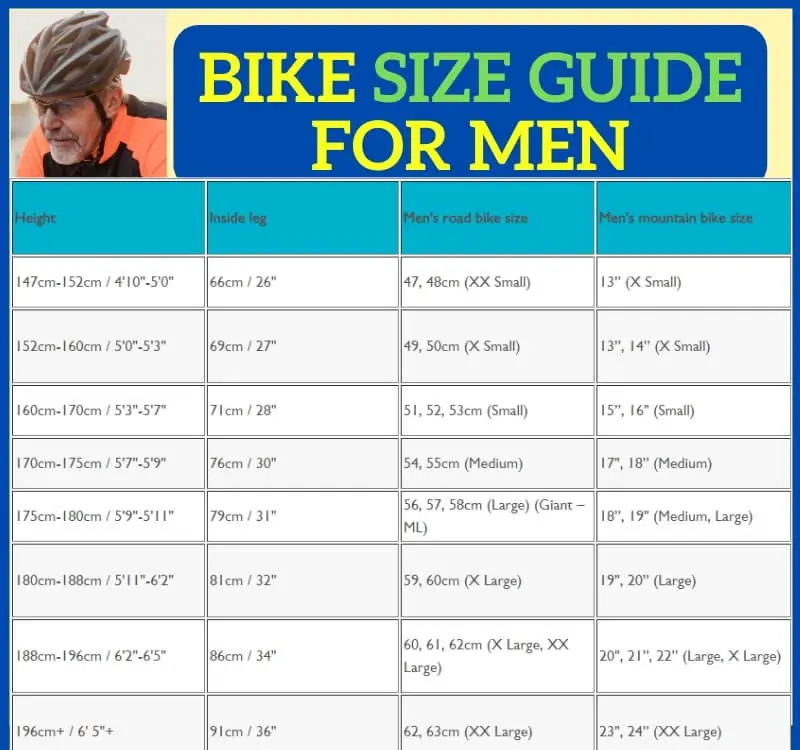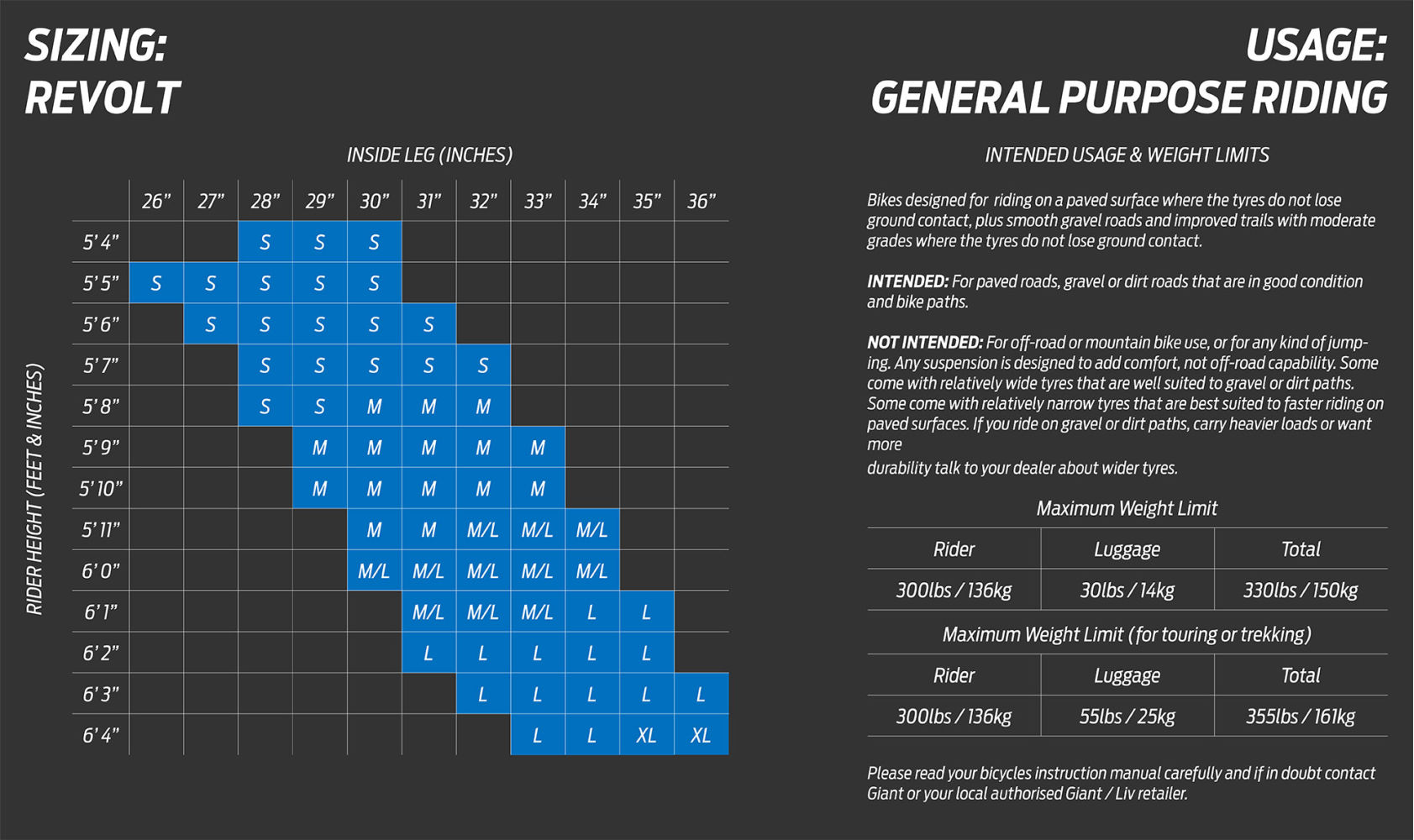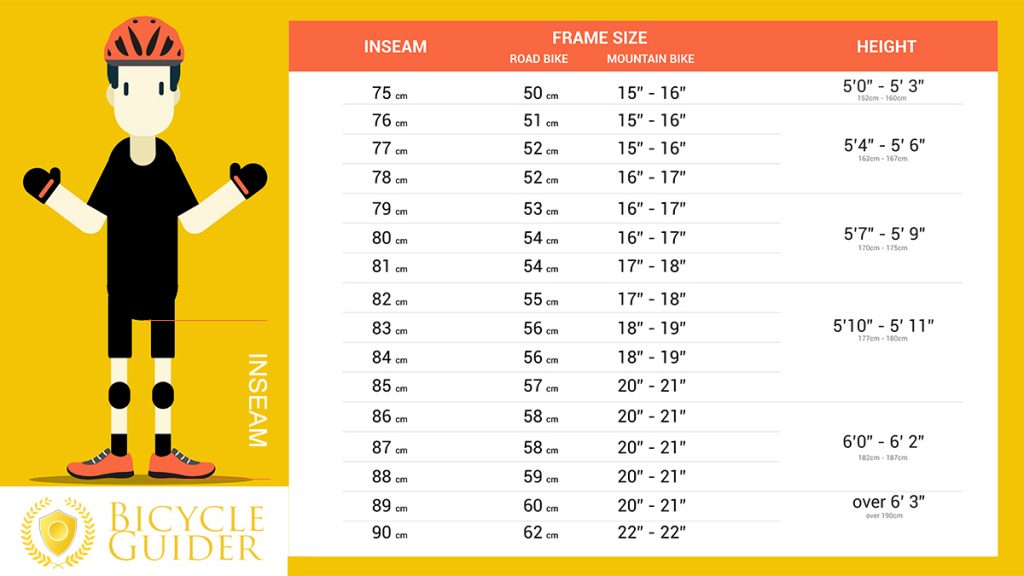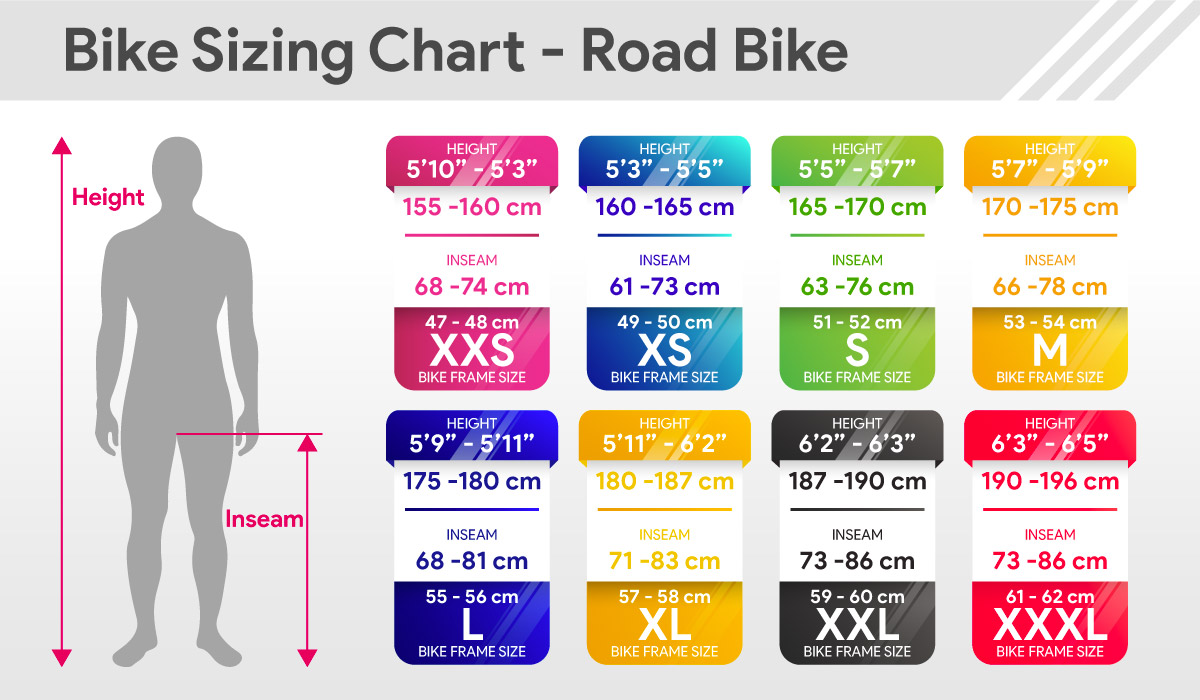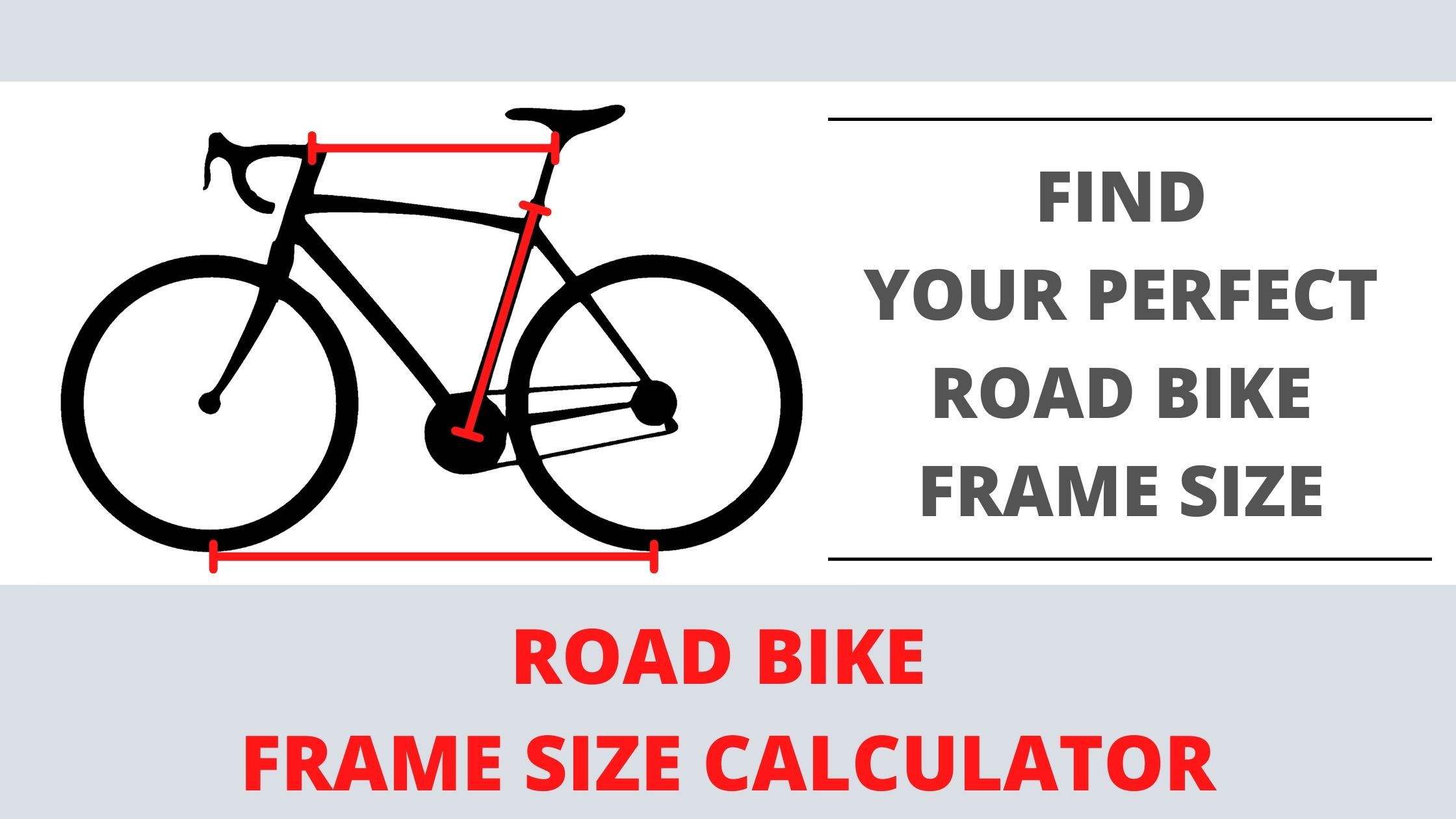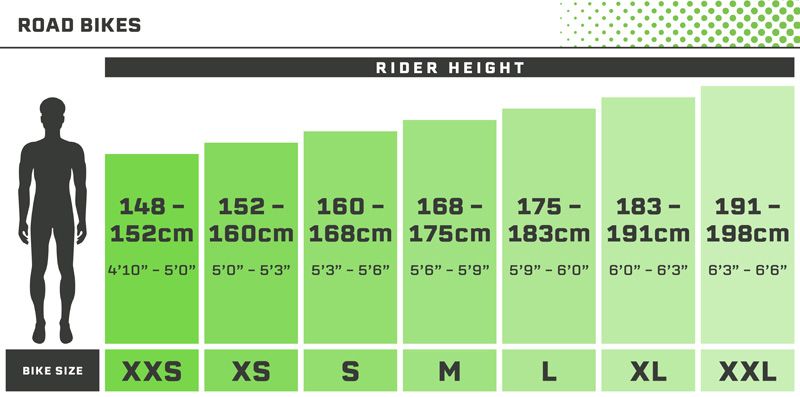Why Proper Bike Sizing Matters for Comfort and Performance
When it comes to road biking, a well-fitting bike is crucial for a comfortable and efficient ride. Proper bike sizing can significantly impact a rider’s overall performance, comfort, and risk of injury. A bike that fits correctly allows riders to maintain a comfortable riding position, generate more power, and conserve energy. This, in turn, enables them to ride for longer periods and enjoy a more pleasant cycling experience. On the other hand, a poorly fitting bike can lead to discomfort, fatigue, and even injury. For instance, a bike that is too small can cause riders to hunch over, leading to back and neck pain, while a bike that is too large can make it difficult to control, increasing the risk of accidents. By understanding the importance of proper bike sizing, riders can take the first step towards finding their ideal road bike size chart and enjoying a more comfortable and efficient ride. Whether you’re a seasoned pro or a beginner, a well-fitting bike can make all the difference in your cycling experience.
Understanding Your Body Measurements: A Key to Accurate Sizing
To find the perfect road bike size, it’s essential to take accurate body measurements. This step is crucial in ensuring a precise fit, as it allows riders to match their body dimensions with the corresponding road bike size chart. Here’s a step-by-step guide on how to take accurate body measurements:
1. Inseam Measurement: Stand against a wall with your feet shoulder-width apart. Measure the distance from the floor to the top of your inner thigh. This measurement will help determine the ideal seat height and standover clearance.
2. Arm Length Measurement: Stand against a wall with your arms relaxed by your sides. Measure the distance from the top of your shoulder to your wrist. This measurement will help determine the ideal reach and handlebar height.
3. Torso Length Measurement: Stand against a wall with your feet shoulder-width apart. Measure the distance from the base of your neck to your hipbone. This measurement will help determine the ideal top tube length and riding position.
By taking these accurate body measurements, riders can ensure a precise fit and avoid common sizing mistakes. Remember, a well-fitting bike is essential for comfort, performance, and injury prevention. With these measurements in hand, riders can consult a road bike size chart to find their ideal bike size and start enjoying a more comfortable and efficient ride.
How to Choose the Right Road Bike Size for Your Body Type
When selecting the ideal road bike size, it’s essential to consider various factors beyond just height and weight. Rider body type, riding style, and personal preferences all play a crucial role in determining the perfect fit. Here are some tips and advice on how to choose the right road bike size for your body type:
Rider Height: While height is a significant factor in determining road bike size, it’s not the only consideration. Riders with longer legs and shorter torsos may require a smaller frame size, while those with shorter legs and longer torsos may need a larger frame size.
Rider Weight: A rider’s weight can also impact the ideal road bike size. Heavier riders may require a larger frame size to ensure stability and comfort, while lighter riders may prefer a smaller frame size for improved agility and responsiveness.
Riding Style: Riding style is another critical factor to consider when selecting a road bike size. Aggressive riders who prefer a more aerodynamic position may require a smaller frame size, while endurance riders who prioritize comfort may prefer a larger frame size.
Body Type: Riders with unique body types, such as those with longer or shorter limbs, may require a custom fit or a specialized road bike size chart. Consulting with a certified bike fitter or a professional mechanic can help riders with unique body types find the perfect fit.
By considering these factors and consulting a road bike size chart, riders can find the ideal road bike size for their body type and riding style. Remember, a well-fitting bike is essential for comfort, performance, and injury prevention. With the right road bike size, riders can enjoy a more comfortable and efficient ride.
Deciphering Road Bike Size Charts: A Simplified Approach
When it comes to finding the perfect road bike size, understanding road bike size charts is crucial. However, deciphering these charts can be overwhelming, especially for new riders. In this section, we’ll break down the complexities of road bike size charts, explaining how to read and interpret them to find the perfect fit.
A typical road bike size chart includes a range of measurements, including seat tube length, top tube length, head tube angle, and standover height. To make sense of these measurements, riders should first identify their ideal road bike size based on their body measurements, as discussed in the previous section.
Next, riders should consult the road bike size chart for their preferred brand and model. For example, the Trek Emonda road bike size chart may differ from the Specialized Tarmac road bike size chart. By comparing their body measurements to the corresponding size chart, riders can determine their ideal road bike size.
Here’s an example of how to read a road bike size chart:
Trek Emonda Road Bike Size Chart:
| Size | Seat Tube Length | Top Tube Length | Head Tube Angle | Standover Height |
|---|---|---|---|---|
| 52cm | 520mm | 540mm | 72.5° | 785mm |
| 54cm | 540mm | 560mm | 73° | 810mm |
By consulting this chart, a rider with a 520mm inseam and a 540mm arm length may determine that a 52cm Trek Emonda is their ideal road bike size. However, it’s essential to remember that road bike size charts are only a guide, and riders should consider additional factors, such as riding style and personal preferences, when selecting their ideal road bike size.
Remember, a well-fitting bike is essential for comfort, performance, and injury prevention. By understanding road bike size charts and considering additional factors, riders can find the perfect fit and enjoy a more comfortable and efficient ride.
Factors to Consider Beyond Size: Stem Length, Handlebar Height, and More
While finding the right road bike size is crucial, it’s only one piece of the puzzle. To achieve a comfortable and efficient riding position, riders must also consider additional factors beyond bike size. These factors can make a significant difference in the overall cycling experience, and neglecting them can lead to discomfort, fatigue, and even injury.
One of the most critical factors to consider is stem length. A stem that’s too long or too short can affect the rider’s ability to maintain a comfortable riding position, leading to strain on the neck, back, and hands. Riders should aim for a stem length that allows them to maintain a slight bend in the elbows, with their hands in a comfortable position on the handlebars.
Handlebar height is another essential factor to consider. A handlebar that’s too high or too low can cause discomfort and affect the rider’s ability to control the bike. Riders should aim for a handlebar height that allows them to maintain a comfortable riding position, with their hands in a neutral position and their elbows slightly bent.
Saddle height is also critical, as it affects the rider’s leg extension and pedaling efficiency. A saddle that’s too high or too low can cause discomfort, fatigue, and even injury. Riders should aim for a saddle height that allows them to maintain a comfortable leg extension, with their leg almost fully extended at the bottom of the pedal stroke.
Other factors to consider include crank length, pedal type, and seatpost height. By considering these factors and adjusting them to fit their individual needs, riders can achieve a comfortable and efficient riding position that enhances their overall cycling experience.
Remember, finding the perfect fit is a process that requires patience, attention to detail, and a willingness to make adjustments. By considering these additional factors beyond bike size, riders can ensure a comfortable and efficient ride that’s tailored to their unique needs and preferences.
Real-World Examples: How to Apply Road Bike Sizing Principles
Now that we’ve covered the basics of road bike sizing, let’s put these principles into practice with some real-world examples. We’ll explore how to apply road bike sizing principles to find the perfect fit on popular road bikes, including the Trek Emonda, Specialized Tarmac, and Cannondale SuperSix.
Example 1: Trek Emonda
Let’s say we have a rider who is 5’10” (178cm) with an inseam of 32″ (81cm), an arm length of 24″ (61cm), and a torso length of 20″ (51cm). Using the Trek Emonda road bike size chart, we can determine that the ideal size for this rider is a 56cm frame.
However, we also need to consider the rider’s riding style and preferences. If the rider prefers a more aggressive riding position, we may need to adjust the stem length and handlebar height accordingly. By considering these additional factors, we can ensure a comfortable and efficient riding position that meets the rider’s specific needs.
Example 2: Specialized Tarmac
Next, let’s consider a rider who is 6’2″ (188cm) with an inseam of 34″ (86cm), an arm length of 26″ (66cm), and a torso length of 22″ (56cm). Using the Specialized Tarmac road bike size chart, we can determine that the ideal size for this rider is a 58cm frame.
However, we also need to consider the rider’s weight and riding style. If the rider is heavier or prefers a more upright riding position, we may need to adjust the saddle height and handlebar height accordingly. By considering these additional factors, we can ensure a comfortable and efficient riding position that meets the rider’s specific needs.
Example 3: Cannondale SuperSix
Finally, let’s consider a rider who is 5’8″ (173cm) with an inseam of 30″ (76cm), an arm length of 22″ (56cm), and a torso length of 19″ (48cm). Using the Cannondale SuperSix road bike size chart, we can determine that the ideal size for this rider is a 54cm frame.
By applying road bike sizing principles to these real-world examples, we can see how important it is to consider a range of factors beyond just bike size. By taking into account the rider’s body measurements, riding style, and preferences, we can ensure a comfortable and efficient riding position that enhances their overall cycling experience.
Common Mistakes to Avoid When Sizing a Road Bike
When it comes to sizing a road bike, there are several common mistakes that riders make that can lead to discomfort, inefficiency, and even injury. By being aware of these mistakes, riders can take steps to avoid them and ensure a comfortable and efficient riding position.
Mistake 1: Ignoring Body Measurements
One of the most critical mistakes riders make is ignoring their body measurements. Failing to take accurate measurements of inseam, arm length, and torso length can lead to a bike that is too small or too large, resulting in discomfort and inefficiency. Riders should always take the time to measure themselves accurately to ensure a precise fit.
Mistake 2: Relying Solely on Size Charts
Another common mistake is relying solely on road bike size charts to determine the ideal bike size. While size charts can be a useful guide, they are not a one-size-fits-all solution. Riders should consider their body measurements, riding style, and preferences when selecting a bike size, rather than relying solely on a size chart.
Mistake 3: Neglecting to Consider Riding Style
Riders who neglect to consider their riding style when sizing a road bike are likely to end up with a bike that is not well-suited to their needs. For example, riders who prefer a more aggressive riding position may require a different bike size and setup than those who prefer a more upright position. By considering riding style, riders can ensure a comfortable and efficient riding position.
Mistake 4: Failing to Consider Additional Factors
Finally, riders who fail to consider additional factors beyond bike size, such as stem length, handlebar height, and saddle height, are likely to end up with a bike that is not well-suited to their needs. By considering these additional factors, riders can ensure a comfortable and efficient riding position that meets their specific needs.
By avoiding these common mistakes, riders can ensure a comfortable and efficient riding position that enhances their overall cycling experience. Remember, finding the perfect fit is a process that requires patience, attention to detail, and a willingness to make adjustments. By taking the time to get it right, riders can enjoy a more comfortable, efficient, and enjoyable ride.
Getting a Professional Fit: When to Seek Expert Advice
While understanding body measurements, road bike size charts, and additional factors can help riders find a comfortable and efficient fit, there are situations where seeking professional advice from a certified bike fitter is necessary. A professional bike fitter can provide a custom fit that takes into account a rider’s unique body type, riding style, and preferences.
Riders with unique body types, such as those with unusually long or short legs, may require a custom fit to ensure a comfortable and efficient riding position. Additionally, riders who have experienced injuries or have chronic pain may benefit from a professional fit to alleviate discomfort and prevent further injury.
A certified bike fitter can also provide valuable insights and adjustments to optimize a rider’s position on the bike. This may include adjusting the saddle height, handlebar height, and stem length to achieve a comfortable and efficient riding position. Furthermore, a professional bike fitter can help riders optimize their pedaling technique and riding style to improve performance and reduce the risk of injury.
In some cases, a professional fit may be necessary to accommodate specific components or accessories, such as aerobars or clip-on extensions. A certified bike fitter can ensure that these components are properly fitted and adjusted to provide a comfortable and efficient riding position.
When seeking a professional fit, riders should look for a certified bike fitter who has experience working with road bikes and riders of similar body types and riding styles. A good bike fitter will take the time to understand a rider’s needs and preferences, and provide a thorough and detailed fitting process to ensure a comfortable and efficient riding position.
By seeking professional advice from a certified bike fitter, riders can ensure a comfortable and efficient riding position that meets their specific needs and preferences. Whether you’re a seasoned pro or just starting out, a professional fit can help you get the most out of your road bike and enhance your overall cycling experience.


